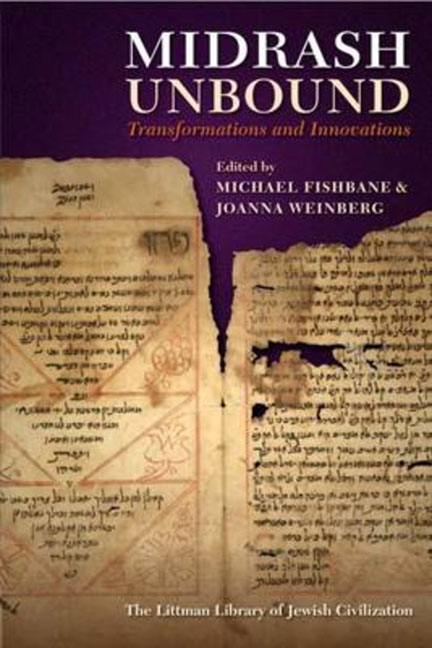16 - The Ingathering of Midrash Rabbah: A Moment of Creativity and Innovation
Summary
WHEN Midrash Rabbahwas first printed in the sixteenth century, ten midrashim of diverse chronological and geographical provenance were gathered together for the first time. Although these midrashimhad circulated individually and in various combinations long before, there are no extant manuscripts of ‘Midrash Rabbah’ as a tenfold ‘anthology of midrashim’ on the Pentateuch and the Five Megillot. Rather, this composite volume was the product of two intense waves of publication of books of Midrash and aggadah that took place in the sixteenth century. These found focus first in Constantinople and then in Venice. The midrashim of Midrash Rabbah were published in both these cities, and were later reprinted in Kraków and Salonica.
The successive sixteenth-century editions of Midrash Rabbah provoked outbursts of scholarly creativity. These early printed volumes allowed scholars to expound established and widely disseminated books of midrashim. Their expositions could relate directly to the details of the text in the hands of their readers. Scholars even rose to the challenge suggested by the tenfold nature of the newly printed Midrash Rabbah anthology, producing comprehensive volumes of notes and glosses on ‘each midrash of the Rabbot on the Pentateuch and the Megillot’. Others promised books of homiletic commentaries ‘containing an explanation of the midrashim expounded by our rabbis (of blessed memory) in the Rabbah of the Pentateuch and the Five Megillot’.
Although this new scholarly enterprise was inspired by the ingathering and consolidation of the ten ‘Rabbah’ midrashim into a single printed anthology, commentators were also critical of the new books of Midrash Rabbah. They bewailed the many textual errors in these volumes, the obscure (and, in particular, non-Hebrew) vocabulary in the midrashim and the lack of appropriate expositions. Their commentaries attempted to remedy these deficiencies by influencing both the content and the presentation of books of Midrash Rabbah. This two-part story begins at the presses of Constantinople, where the status of this anthology of midrashim before and after its presentation as a printed text will be examined. I will then analyse the responses of sixteenth-century scholars to the printing of Midrash Rabbah, turning in particular to works by Meir Benveniste, Issachar Berman, and Abraham ben Asher. Using their commentaries, and taking examples from their expositions of selected midrashim, I will illustrate how these scholars attempted to transform the text and appearance of Midrash Rabbah.
- Type
- Chapter
- Information
- Midrash UnboundTransformations and Innovations, pp. 347 - 370Publisher: Liverpool University PressPrint publication year: 2013

